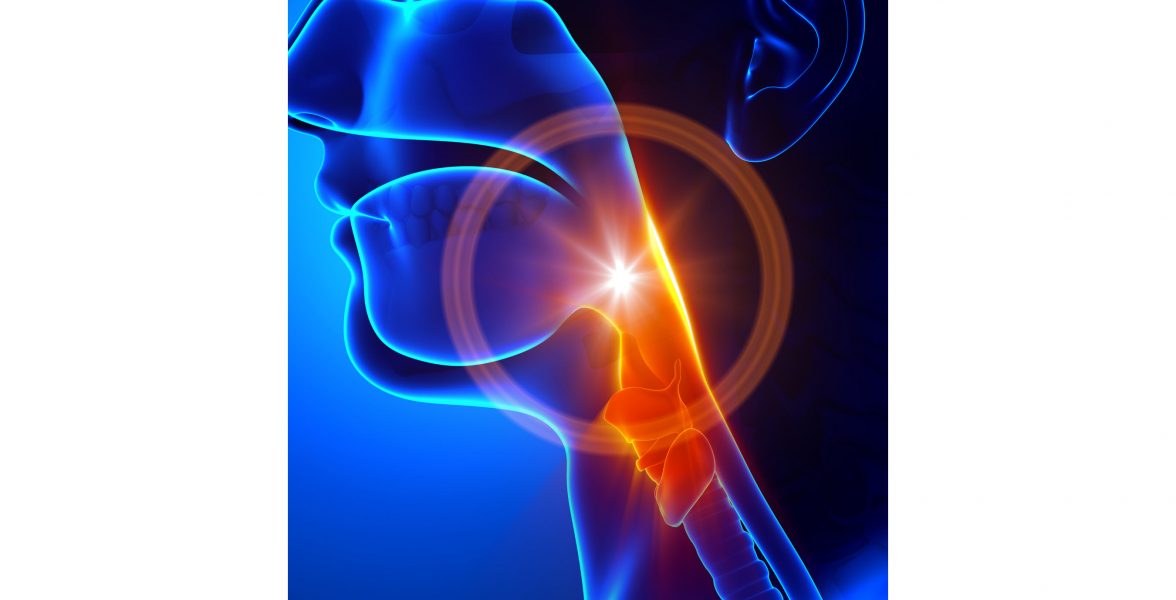What is the meaning of “Aspiration hazard” in GHS CLP?
Aspiration is the entry of solids or liquids into the trachea and the lower airways. But what does this mean in terms of aspiration hazards within the context of the European law on hazardous substances?
The aspiration hazard in the CLP Regulation
The aspiration hazard is included under health hazards und comprises one category. In comparison with aspiration, which in itself can be unpleasant enough (swallowing), substances classified as aspiration hazards have a toxic effect after entering the trachea / lower airways.
Although aspiration includes solids by definition, the CLP classification of hydrocarbons without experience in humans exclusively relates to liquids (Regulation (EC) No. 1272/2008 (CLP), Annex I, Part 3, 3.10.1.6.2a.).
The meaning of aspiration hazards in mixtures
An aspiration hazard in mixtures directly influences first aid measures that need to be taken in case of swallowing since vomiting also presents an aspiration hazard.
The aspiration hazard classification for mixtures depends on the kinematic viscosity, i.e. it is not merely a transfer of the properties of the ingredients.
Reaching the concentration limit of 10% (in general cases), with ingredients which are themselves considered an aspiration hazard, does not necessarily result in classification. The mixture requires reporting as an aspiration hazard, category 1 only when the kinematic viscosity of the mixture reaches ≤ 20.5 mm²/s at 40 °C. Conversely, the viscosity at 40 °C should be known for mixtures containing substances that present an aspiration hazard.
Special cases
In case of aerosols, the decisive factor is whether the particles join together in the mouth and can be aspirated. If this is not the case, classification is not required.
For inhomogeneous mixtures of several phases (e.g. superimposed liquid layers), the entire mixture is classified as an aspiration hazard if the above-mentioned conditions apply to just one of the phases.
Sources: Regulation (EC) No. 1272/2008 (CLP), consolidated version, as of 01/01/2017

